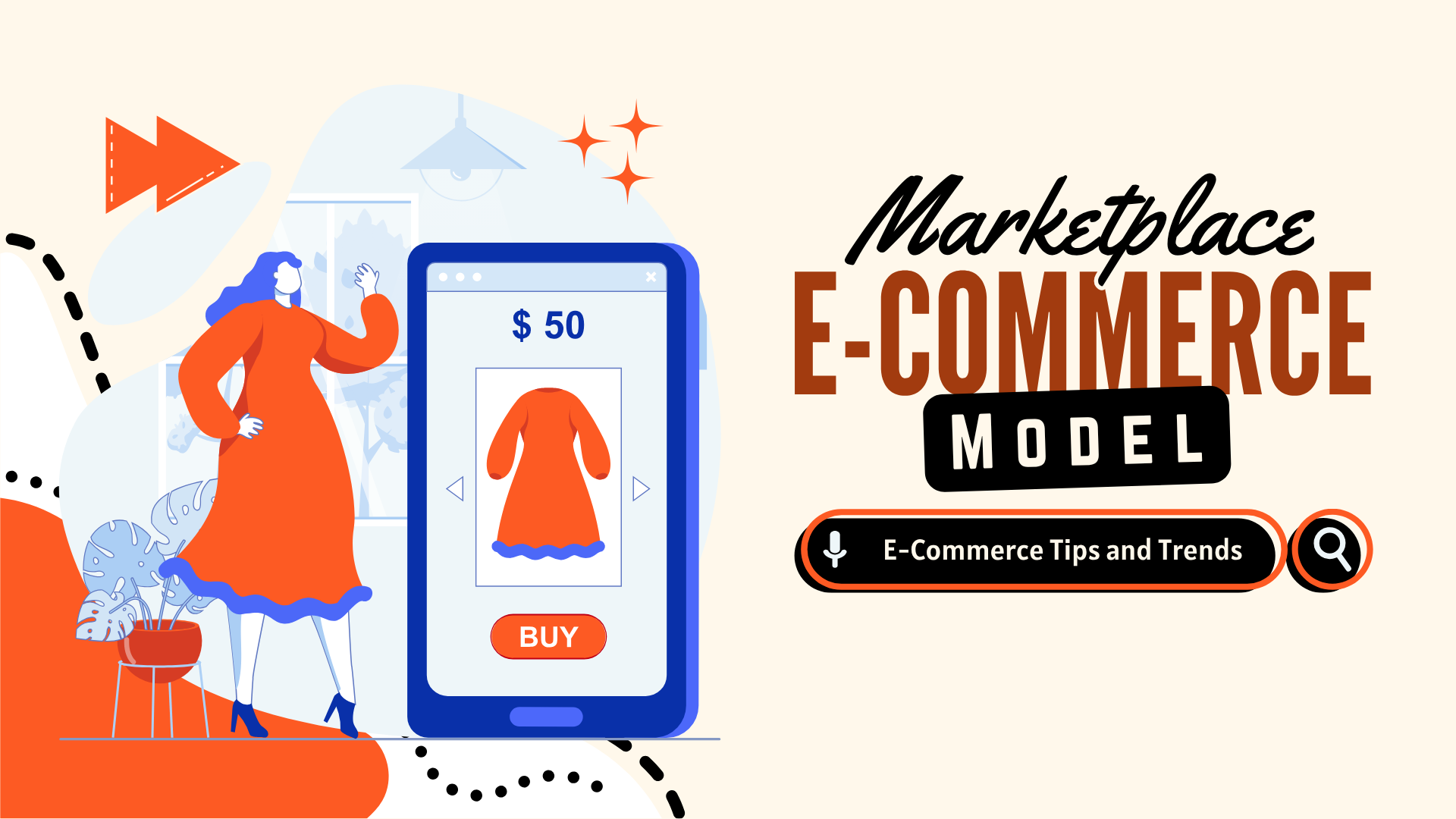The Future of E-commerce: Exploring the Latest Business Models and Trends
The e-commerce industry has experienced rapid growth in recent years, and it's essential for businesses to stay ahead of the curve by adopting the latest business models and trends. In this blog post, we'll explore the latest e-commerce business models, including subscription-based, marketplace, and social commerce models.
Subscription-Based
E-commerce Model
The subscription-based model involves offering customers a recurring subscription to access exclusive products, services, or content. This model provides a predictable revenue stream and encourages customer loyalty.
✅ Example: Dollar Shave Club, a subscription-based razor service that delivers razors and shaving cream to customers' doors every month.
✅Benefits: Predictable revenue, customer loyalty, and
reduced marketing costs.
✅Challenges: High customer acquisition costs, managing inventory and logistics.

Marketplace E-commerce Model
The marketplace model involves creating a platform for
multiple sellers to sell their products or services. This model provides a wide
range of products and services, and the platform owner earns a commission on
each sale.
✅Example: Amazon, a marketplace platform that allows
multiple sellers to sell their products and services.
✅Benefits: Wide range of products, increased customer
choice, and revenue generation through commissions.
✅Challenges: Managing multiple sellers, ensuring quality control, and competing with other marketplaces.
Social Commerce Model
The social commerce model involves using social media platforms to sell products or services. This model provides a seamless shopping experience and allows businesses to reach a wider audience.
✅Example: Instagram Shopping, a feature that allows
businesses to tag products in their posts and stories, enabling customers to
purchase from the app.
✅Benefits: Increased customer engagement, seamless shopping
experience, and targeted advertising.
✅Challenges: Ensuring product quality, managing customer service, and keeping up with changing social media algorithms.
Other E-commerce Business Models
✅Drop-shipping Model: A model that involves selling products
without holding any inventory, by partnering with a supplier that ships
products directly to the customer.
✅B2B E-commerce Model: A model that involves selling products or services to businesses, rather than individual customers.
Benefits of
E-commerce Business Models
✅Increased Revenue: E-commerce business models can provide
a predictable revenue stream and increase sales.
✅Improved Customer Experience: E-commerce business models
can provide a seamless shopping experience and increase customer satisfaction.
✅Competitive Advantage: Adopting the latest e-commerce business models can provide a competitive advantage and help businesses stay ahead of the curve.

Challenges of
E-commerce Business Models
✅High Competition: E-commerce business models can be highly
competitive, making it challenging to stand out and attract customers.
✅Managing Inventory and Logistics: E-commerce business
models require efficient inventory management and logistics to ensure timely
delivery and customer satisfaction.
✅Ensuring Product Quality: E-commerce business models require ensuring product quality and managing customer service to maintain customer trust and loyalty.
Conclusion
The e-commerce industry is constantly evolving, and businesses must stay ahead of the curve by adopting the latest business models and trends. By understanding the benefits and challenges of each model, businesses can make informed decisions and create a successful e-commerce strategy.
FAQs
1. What is the most
popular e-commerce business model?
The most popular e-commerce business model is the B2C (business-to-consumer) model, where businesses sell products or services directly to individual customers.
2. How can I start an
e-commerce business?
To start an e-commerce business, you'll need to choose a niche, select an e-commerce platform, source products, and create a marketing strategy.
3. What are the
benefits of subscription-based e-commerce model?
The benefits of subscription-based e-commerce model include predictable revenue, customer loyalty, and reduced marketing costs.
4. What are the
challenges of social commerce model?
The challenges of social commerce model include ensuring product quality, managing customer service, and keeping up with changing social media algorithms.
5. How can I optimize
my e-commerce website for better conversions?
To optimize your e-commerce website for better conversions,
you can improve user experience, streamline checkout process, and use targeted
marketing strategies.















